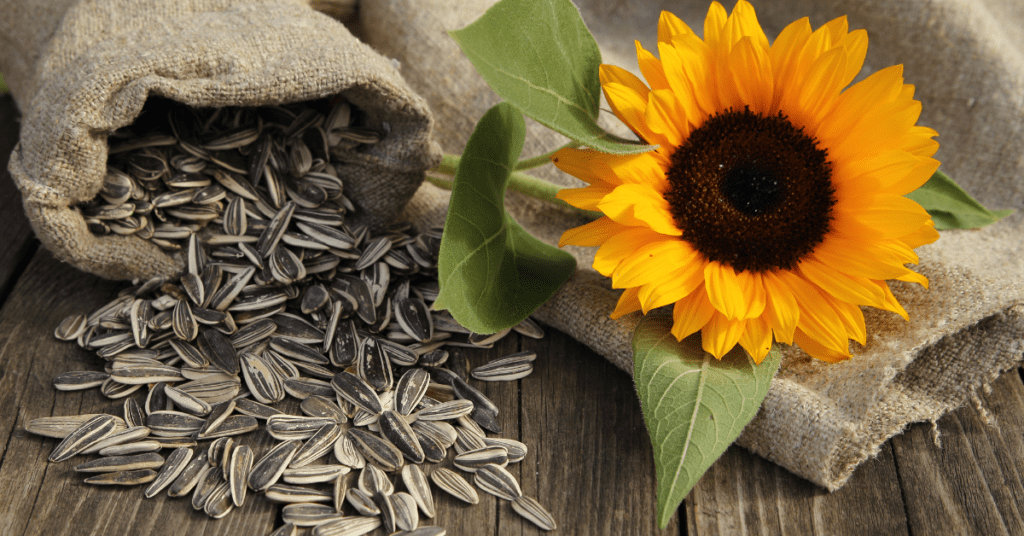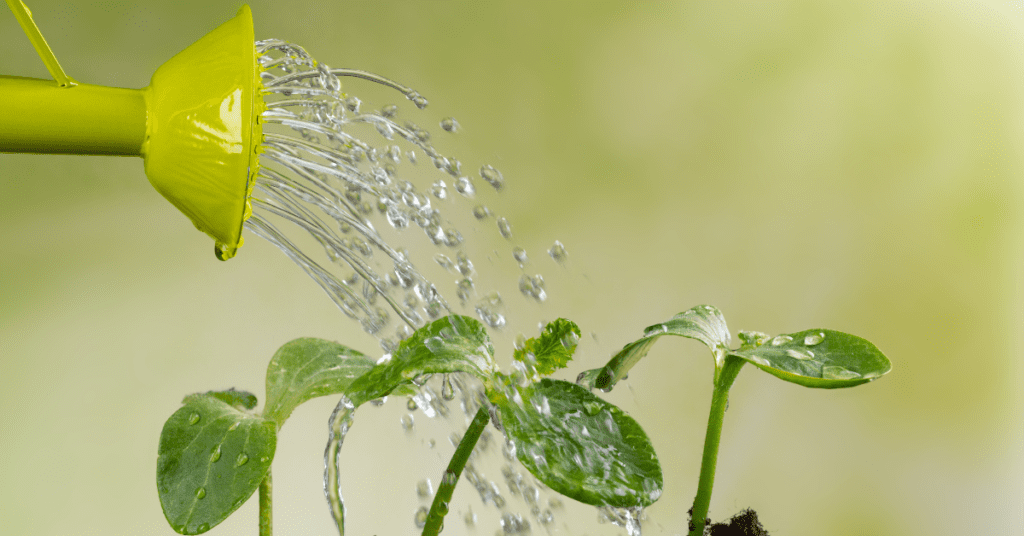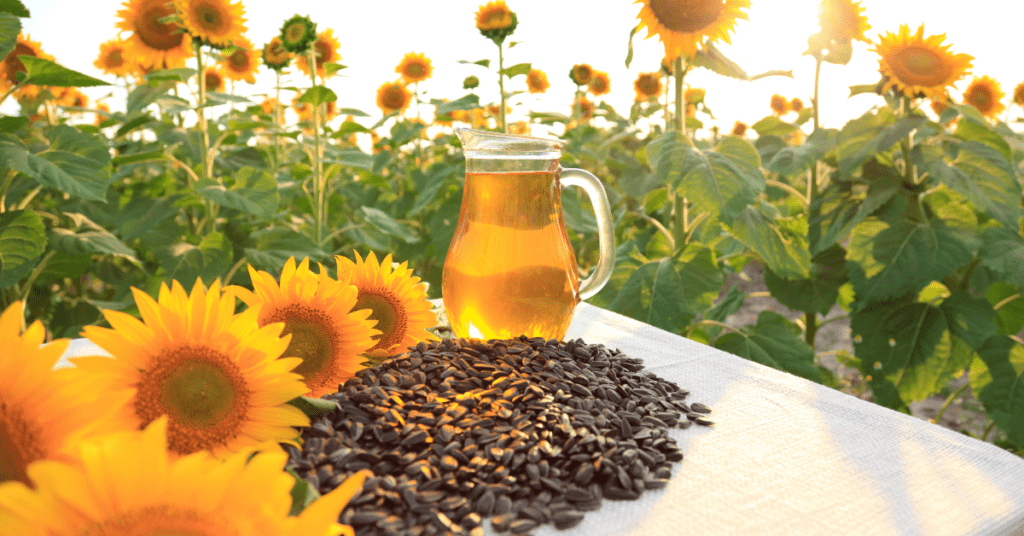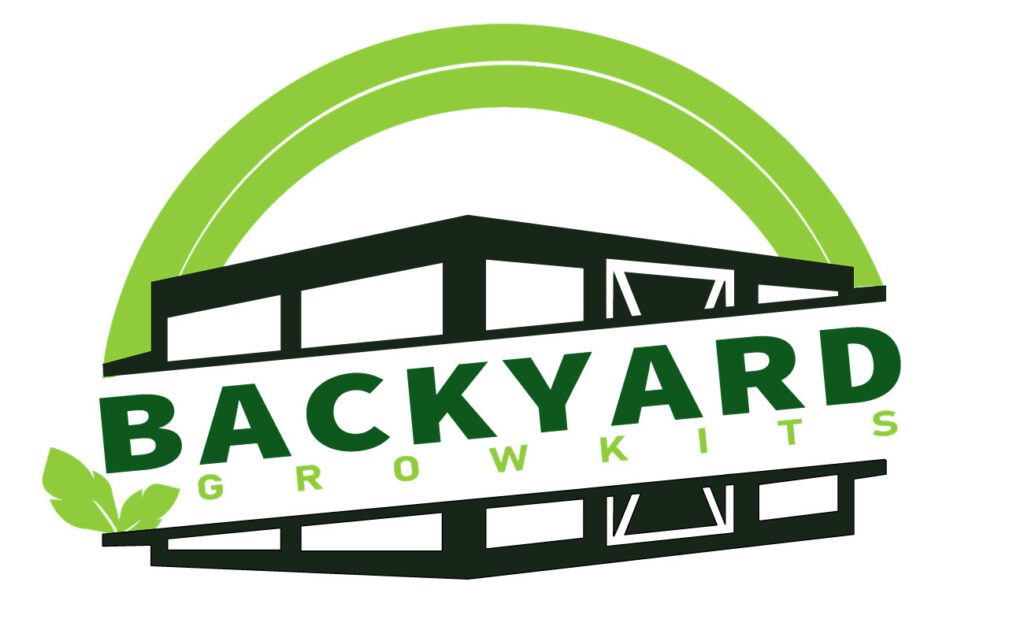Sunflowers are an iconic plant known for its tall stature and large, bright flowers. These plants are native to North America and have been cultivated for thousands of years for their oil, seeds, and beauty.
Sunflowers can grow up to 12 feet tall and produce flowers ranging from pale yellow to deep red. They are easy to grow and care for, making them a popular choice for gardeners of all levels.
Choosing the Right Sunflower Seeds

When growing sunflowers at home, choosing the right seeds is key. There are many different varieties of sunflowers to choose from, each with its own unique characteristics.
Some sunflowers are better suited for short growing seasons, while others are best for long, hot summers. Before choosing your seeds, consider the climate in your area and the length of your growing season. Look for seeds specifically labeled as suitable for your region or climate.
Once you have chosen your sunflower seeds, it is important to store them properly until you are ready to plant. Sunflower seeds should be kept in a cool, dry place, away from direct sunlight. You can store them in a sealed container or envelope, but be sure to label them with the variety and date of purchase.
Preparing the Soil for Planting
Sunflowers prefer well-draining soil that is rich in nutrients. Start by removing any weeds or debris from the area where you plan to plant your sunflowers.
Then, loosen the soil with a garden fork or tiller to a depth of at least 6 inches. If your soil is heavy and clay-like, you may need to add some organic matter, such as compost or aged manure, to improve drainage and fertility.
Sunflowers also prefer a slightly acidic soil pH, between 6.0 and 7.5. You can test your soil pH using a soil test kit, which can be purchased at most garden centers.
If your soil pH is too low, add lime to raise it. If it is too high, you can add sulfur to lower it.
Planting Sunflower Seeds
Sunflowers can be planted directly in the ground or started indoors and transplanted outside. If you are planting directly in the ground, wait until after the last frost date in your area.
Sunflowers prefer warm soil temperatures, so planting them too early can result in poor germination.
To plant sunflower seeds, create a small hole in the soil with your finger or a garden tool. Place one or two seeds in the hole, then cover with soil.
Space the seeds at least 6 inches apart to allow room for growth. Water the soil immediately after planting to help the seeds settle in.
Sunflower Care and Maintenance
Once your sunflower seeds have germinated, it is important to care for them properly to ensure healthy growth and blooming. Here are some tips for caring for your sunflowers:
Watering and Fertilizing Sunflowers

Sunflowers require regular watering, especially during hot, dry weather. Water your sunflowers deeply once a week, giving them enough water to soak the soil to a depth of at least 6 inches. Be careful not to overwater, as this can lead to root rot and other problems.
In addition to water, sunflowers also require nutrients to grow and bloom. You can fertilize your sunflowers with a balanced fertilizer, such as a 10-10-10 or 20-20-20 formula. Apply the fertilizer according to the package instructions, being careful not to over-fertilize, which can result in stunted growth and poor blooming.
Protecting Sunflowers from Pests and Diseases
Sunflowers are susceptible to various pests and diseases, including aphids, slugs, and fungal infections.
To prevent these problems, keep your sunflowers healthy with regular watering and fertilizing. You can also use organic pest control methods, such as hand-picking pests or spraying with water and soap.
If you notice signs of pest or disease problems, act quickly to prevent the spread. Remove any affected leaves or flowers and dispose of them in the trash. You can also use organic pest control products, such as neem oil or insecticidal soap, to treat the problem.
Harvesting and Storing Sunflowers
Once your sunflowers have bloomed, it is time to harvest them. Sunflowers are ready to harvest when the petals have wilted and fallen off, and the back of the flower head has turned yellow or brown.
Cut the flower head off the plant using scissors or pruners, leaving a few inches of stem attached.
To dry the sunflower seeds for storage or snacking, hang the flower heads upside down in a cool, dry place like a garage or shed.
Once the flower heads are dry, gently rub the seeds off the head and remove any remaining debris. Store the seeds in an airtight container in a cool, dry place.
Fun Facts about Sunflowers

Sunflowers are not only beautiful and easy to grow, but they also have some interesting facts and uses. Here are a few fun facts about sunflowers:
Sunflowers can be used to make biodiesel fuel.
Sunflowers are a symbol of loyalty and longevity in many cultures.
Sunflower heads can be as large as 2 feet in diameter.
Sunflower seeds are a great protein, fiber, and healthy fats source.
Parting Remarks On Sunflowers
Growing sunflowers at home is a rewarding and enjoyable experience. With the right seeds, soil, and care, you can grow these beautiful plants and enjoy their bright blooms and nutritious seeds.
Whether you are a seasoned gardener or just starting out, sunflowers are a great choice for your garden. So, grab some seeds and get planting!
If you enjoyed this guide on growing sunflowers, check out our other gardening articles for more tips and tricks. Happy gardening!

